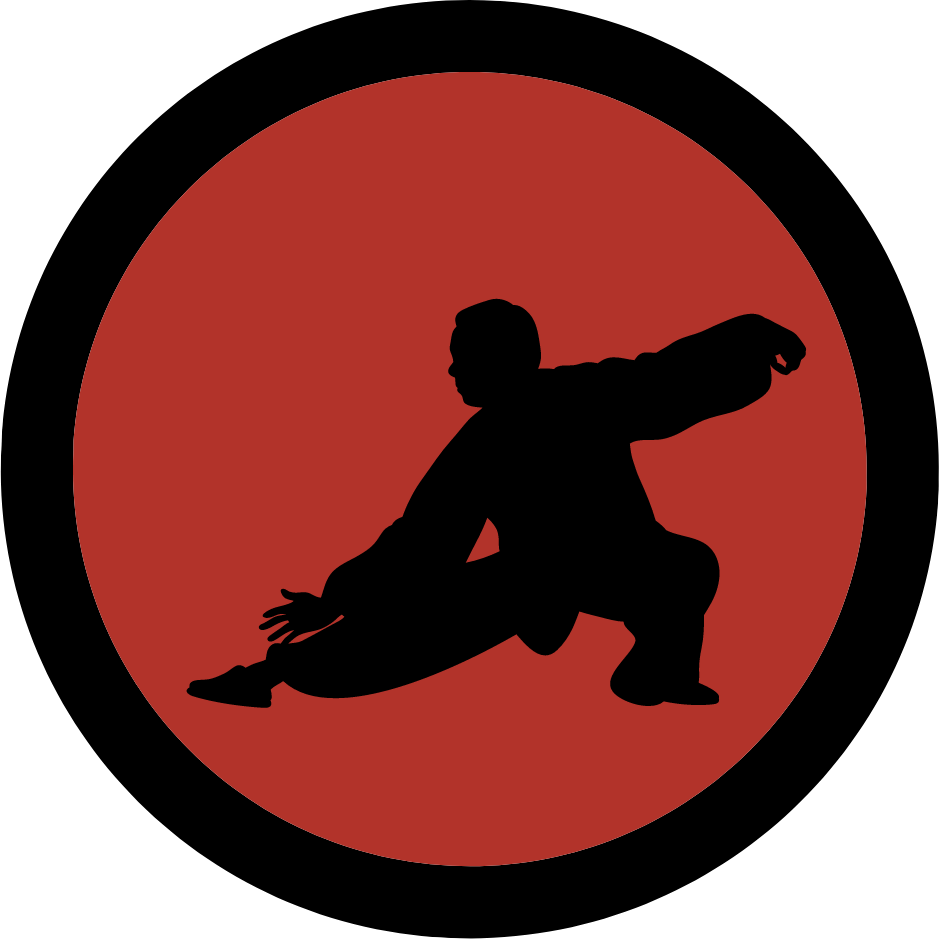
hapkido
HARMONY IN MOTION, POWER IN PRECISION
Hapkido Chun Ki Do is a Korean martial art that incorporates a wide range of techniques, including strikes, kicks, joint locks, and throws.
The name Hapkido, coined by Ji Han Jae, can be translated as "the way of harmony."
Hapkido Chun Ki Do was initially developed in the mid-20th century by Dojunim Han-Young Choi (December 14, 1935 - July 28, 2013) drawing from traditional Korean martial arts and influenced by tae kwon do and Japanese aikido and judo.
Our revered teacher, Grandmaster Daniel Ray Walker, trained with and traveled with Grandmaster Choi (Dojunim) for the last 30 years of his life and was named his successor.
Hapkido Chun Ki Do emphasizes practical self-defense techniques that allow a practitioner to defend against various types of attacks, including punches, kicks, grabs, and weapons.
This martial art places a strong emphasis on fluid movements, redirection of an opponent's force, and using an opponent's energy against them.
Key elements of Hapkido Chun Ki Do include joint locks and throws, which are executed through the manipulation of an opponent's joints and balance. Practitioners also learn striking techniques and kicks, making it a well-rounded martial art suitable for self-defense in various situations.
Training in Hapkido Chun Ki Do typically involves practicing forms (patterns of movements), sparring, and self-defense techniques. It is accessible to people of different ages and physical abilities, and its adaptability has contributed to its popularity both in Korea and internationally.

SELF DEFENSE
WHAT CAN HAPKIDO DO FOR YOU?
“Martial Arts has helped me mentally and physically, a substantial amount.
What I enjoy most about martial arts is the constant positive mood the instructors give off.”
— Julien, 12 —

Our greatest glory is not
in never falling
but in rising
every time we fall

HAPKIDO CHUN KI DO
holistic | dynamic | principled
The way of harmony as evolved by Grandmaster Choi consciously embraces the power, rhythms, and symbolism of nature.
In chun ki do, the student journeys to the center of the self - the intersection of heaven and earth, mind and body - to find stability and strength within.
Hapkido chun ki do forms begin as each day - with a sweeping, rising sun, signaling the birth of a new day, moment, cycle, season. This expansion summons the depths of the spirit then leads into the rush and roar of an ocean wave, gathering the immense power within and placing it on full display. The meaning of this motion is two-fold: intended to both intimate an opponent and to cultivate and consolidate the inner power necessary for battle.
The ocean is honored as a metaphor for life and the self - its rhythmic pulse easing in and out with the tide reflecting our own heartbeat, breathing, and lifeforce. The tempestuous thoughts and emotions at the surface that seem so threatening but for the still, silent, and ever-present haven available to each of us in the deep when we gather the faith to dive deeper. We are united, each of us a drop in the ocean composing the whole of humanity, fauna, flora, and all of existence, each a vital part of the whole, riding its waves in their own unique and complex way. Water is powerful, raging, and destructive. It is also regenerative, restorative, and healing. Learning the right use of power is paramount on this path.
The journey of hapkido chun ki do forms concludes as each day - with a soothing sunset, signifying the ending, the resolution, the calm after the storm, the easing of concentration, the letting go of what has been, and nightfall, the time to rest.
Hapkido means working in harmony with the energy of the moment rather than against it, focusing on the steady center within, and generating the power to have a positive impact on both the outer and inner world.
Courage is vital on the path of transformation as students build their strength, endurance, fortitude, and search for their highest and best self. The progression of belt status signifies the levels of mastering both the martial art and the self.
The white belt must endure the initial insecurity of ignorance, the cost of entry into the dojang. But if you aren’t willing to look like a foolish beginner, how will you become a graceful master?
With each new lesson, students overcome their doubts and build the confidence, character, and skills necessary to progress. They quickly level up to assist in lessons, teach other junior students, and continue to learn more mastery and earn higher degrees of accomplishment.

“In addition to all the family bonding and fun - hapkido has greatly improved my flexibility and core strength. And definitely helped me lose some weight!
The core strength has been huge. It’s crazy to wake up the next day and realize your stomach is sore from exercise and see changes in waist definition while having FUN. I hated ‘core exercises’ until this.”
— Deb —








